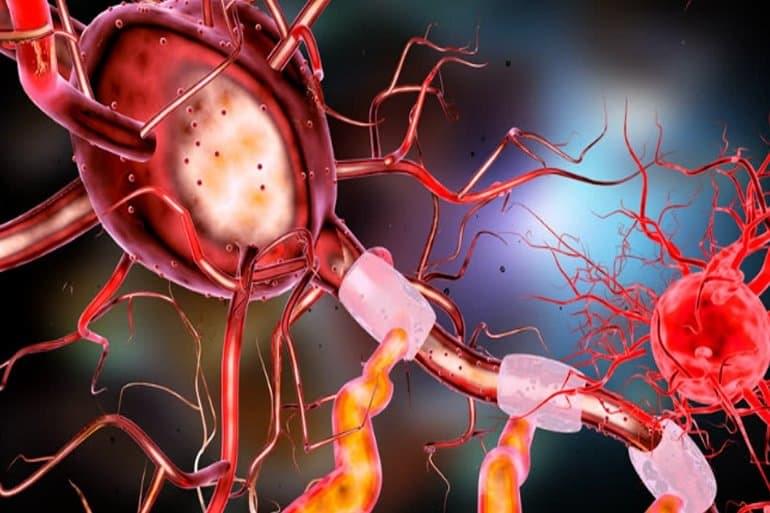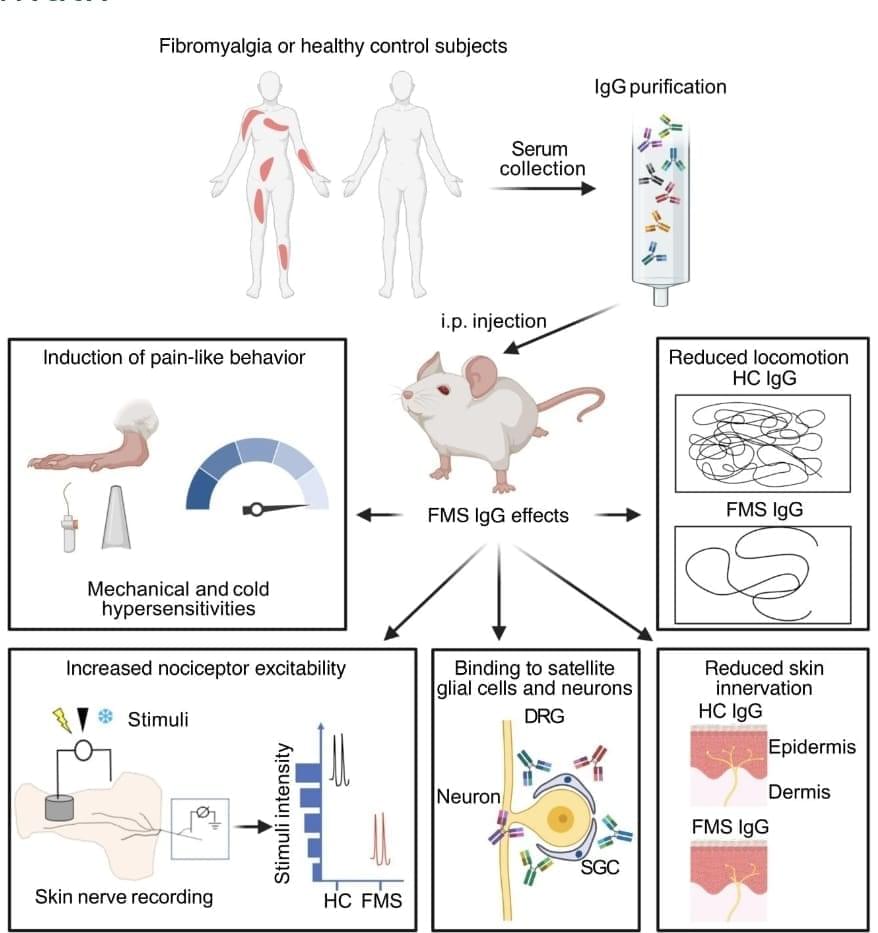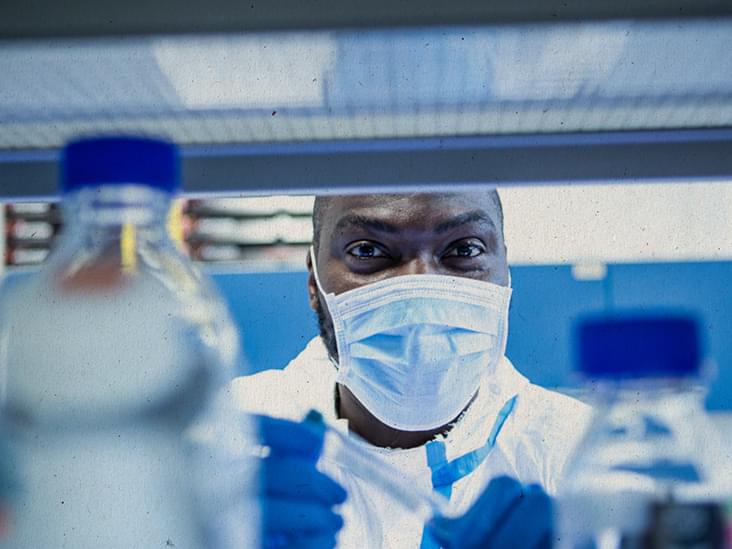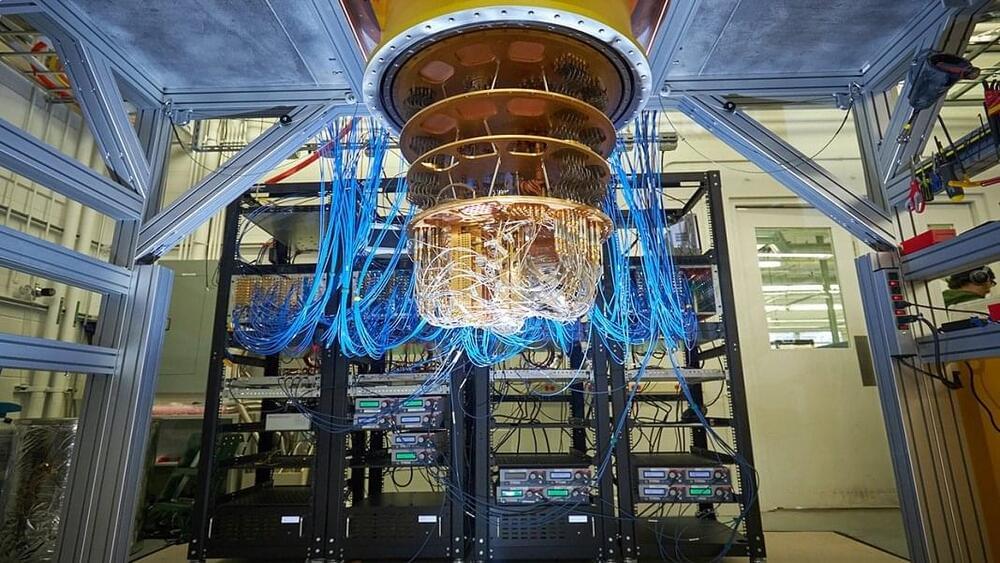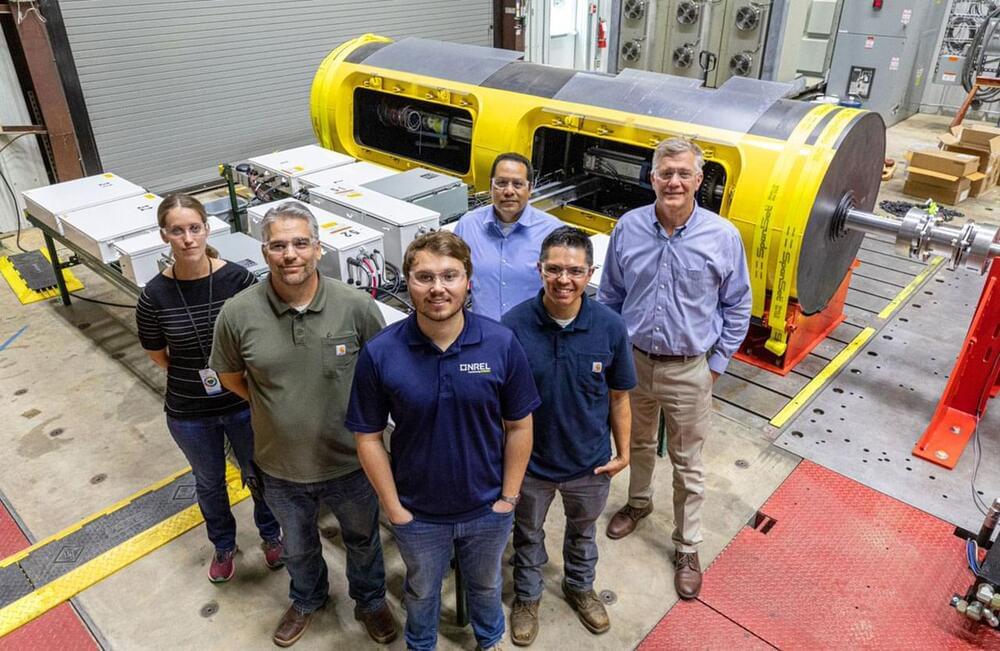Page 5004
Sep 6, 2021
Look — A bright, strange galaxy captured in stunning detail
Posted by Atanas Atanasov in category: space
The strangely shaped behemoth gets a close-up.
Using the dark energy camera on a telescope in Chile, astronomers captured a stunning view of the galaxy Centaurus A.
Sep 6, 2021
Single Neurons Might Behave as Networks
Posted by Jose Ruben Rodriguez Fuentes in categories: information science, robotics/AI, transportation
Summary: Findings could advance the development of deep learning networks based on real neurons that will enable them to perform more complex and more efficient learning processes.
Source: Hebrew University of Jerusalem.
We are in the midst of a scientific and technological revolution. The computers of today use artificial intelligence to learn from example and to execute sophisticated functions that, until recently, were thought impossible. These smart algorithms can recognize faces and even drive autonomous vehicles.
Fibromyalgia appears to be autoimmune, and by knowing the antibody target it should be possible to force immunotolerance, curing the disease. Thanks to the animal experiments.
Paper:
Goebel A, Krock E, Gentry C, et al.: Passive transfer of fibromyalgia symptoms from patients to mice. J Clin Invest. 2021;131(13). doi: 10.1172/JCI144201
Sep 6, 2021
Space: Investing in the Final Frontier
Posted by Eamon Everall in category: space travel
Will declining launch costs, advances in technology and growing public-sector interest position space exploration as the next trillion-dollar industry?
Sep 6, 2021
NHS England approves ‘life-changing,’ cholesterol-busting injection
Posted by Jason Blain in category: biotech/medical
The decision came after a global trial showed that the drug can “safely cut cholesterol by 50%.”
A twice-yearly injection of a new drug could lower cholesterol levels and prevent thousands of deaths from heart attacks and strokes, NHS England says.
Sep 6, 2021
Shenzhou-12 astronauts present the Tianhe core module
Posted by Alan Jurisson in categories: education, space
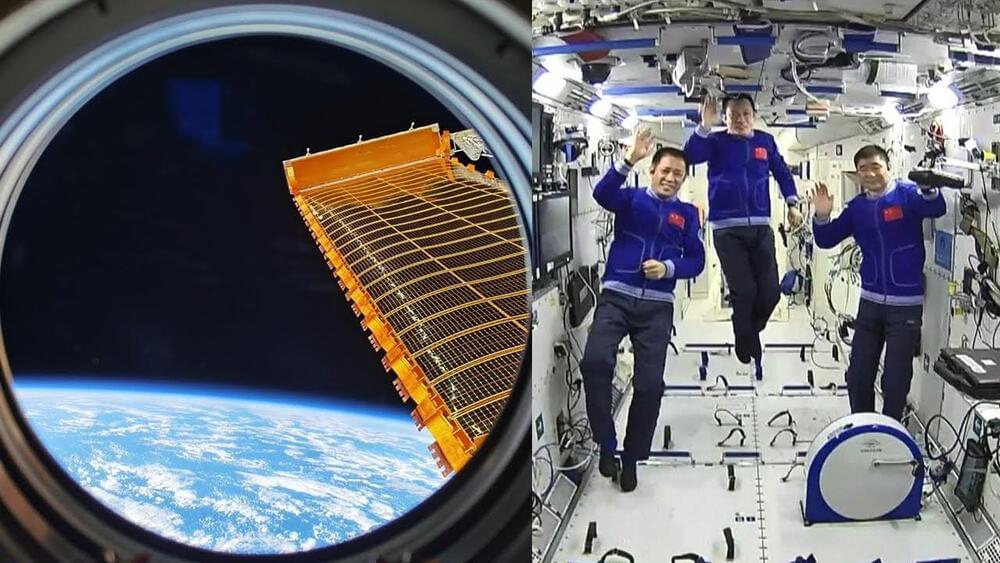
The Shenzhou-12 crew, astronauts Nie Haisheng (commander), Liu Boming and Tang Hongbo, presented the Tianhe core module to university students and secondary school pupils in Hong Kong. The Tianhe core module (天和核心舱), the first and main component of the China Space Station (中国空间站), informally known as Tiangong (天宫, Heavenly Palace).
Credit: China National Space Administration (CNSA)/China Media Group(CMG)/China Central Television (CCTV)
Sep 6, 2021
Google Gets Us Closer to Error-Corrected Quantum Computing
Posted by Kelvin Dafiaghor in categories: alien life, computing, quantum physics
One of the biggest barriers standing in the way of useful quantum computers is how error-prone today’s devices are.
Why does this matter?
Because creating reliably successful quantum computers will allow us to better control the building blocks of life and the universe.
Sep 6, 2021
CRISPaper: Understanding CRISPR Gene-Editing through Art
Posted by Jason Blain in categories: biotech/medical, food, genetics, health
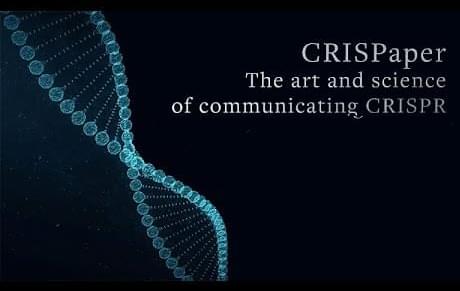
To Sheng-Ying Pao, the power of reframing CRISPR lies in what is absolutely ordinary: paper. In CRISPaper, Pao revisited a cultural past in the ancient art of papermaking.
Over thousands of years, farmers painstakingly converted the wild rice plant into a staple crop. Today, researchers are using CRISPR to change genes to optimize grain yield. However, rice is more than food. In ancient China, it was used to make paper.
Continue reading “CRISPaper: Understanding CRISPR Gene-Editing through Art” »
Sep 6, 2021
Wave-powered SeaRAY’s clean energy could soon power offshore work
Posted by Chima Wisdom in categories: robotics/AI, transportation
In Hawaii, project partners, including Saab, a world leader in electric underwater robotics, the National Oceanic and Atmospheric Administration (NOAA), and BioSonics, will pair the SeaRAY AOPS with their electronics, which collects data on methane and carbon levels, fish activity, and more. Normally, autonomous underwater vehicles like Saab’s need power from a topside ship that emits about 7,000 cars’ worth of carbon dioxide per year.
“With Saab,” Lesemann said, “we’re looking to show that you can avoid that carbon dioxide production and, at the same time, reduce costs and operational complexity while enabling autonomous operations that are not possible today.”
The SeaRAY autonomous offshore power system has about 70 sensors that collect massive amounts of data. SeaRAY’s wave energy converter uses two floats, one on each side, which rolls with the ocean waves and connects to a power take-off system – a mechanical machine that transforms that motion into energy. This system then runs a generator that connects to the seabed batteries, a storage system that NREL will also test before the sea trial.


